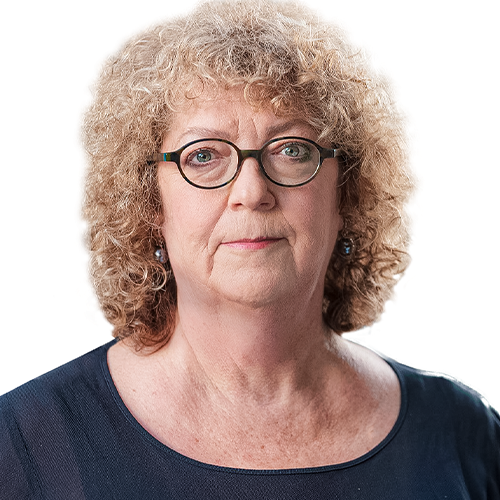Manukau East, a general electorate, had the lowest turn-out overall at 41.1 per cent.
Mr Mulholland said he attended all six hui around the country and that they were well attended.
One hui at Te Tii Marae told the panel it did not want the 1834 independence flag included in the ballot.
"That is why that was not one of the flags that was short-listed."
The panel also met relatives of Te Kawariki founders, the northern protest group that had been involved in the design of the tino rangatiratanga flag and they did not want the flag to be involved in the process.
"Looking back, I don't know how we could have done things differently to better engage with Maori."
He did not know why turnout was low in the Maori electorates or why the silver fern was rejected.
He said the association between Maori and the silver fern was historically strong from the Maori All Black captain Tom Ellison suggesting it for the All Black uniform to Maori proverbs about it.
Labour leader Andrew Little said the strong preference for the status quo could be partly due to the significance of the Maori relationship with the "Crown".
"The whole treaty settlement process is bringing to life the agreement with the Crown in terms of government and their rights."
And while the settlements with the Crown were negotiated with the Government, the association with the Crown had been historically strong.
"Going back several decades, the House of Lords has typically shown a much greater sensitivity to indigenous land rights than our own courts here, until recently," Mr Little said.
And equally, early efforts by Maori to get redress for breaches of the treaty, were done in trips to Britain.
"They see the Crown as something more real than ministers holding a Crown warrant."
Mr Little said consultation overall was "woeful".
He expected the issue would next be revisited after the reign of the Queen ended.
Lowest turnout by electorate
Percentage for status quo
• Manukau East 41.1 per cent (67.4)
• Mangere 42 per cent (70.8)
• Tamaki Makaurau 44.4 per cent (77.5)
• Manurewa 44.9 per cent (65.4)
• Hauraki-Waikato 45.4 per cent (74.2)
• Waiariki 48.4 per cent (75.8)
• Ikaroa Rawhiti 48.6 per cent (76.9)
• Te Tai Hauauru 49.7 per cent (73.6)
• Te Tai Tonga 50.3 per cent (67.8)
• Te Tai Tokerau 50.9 per cent (78.5)
